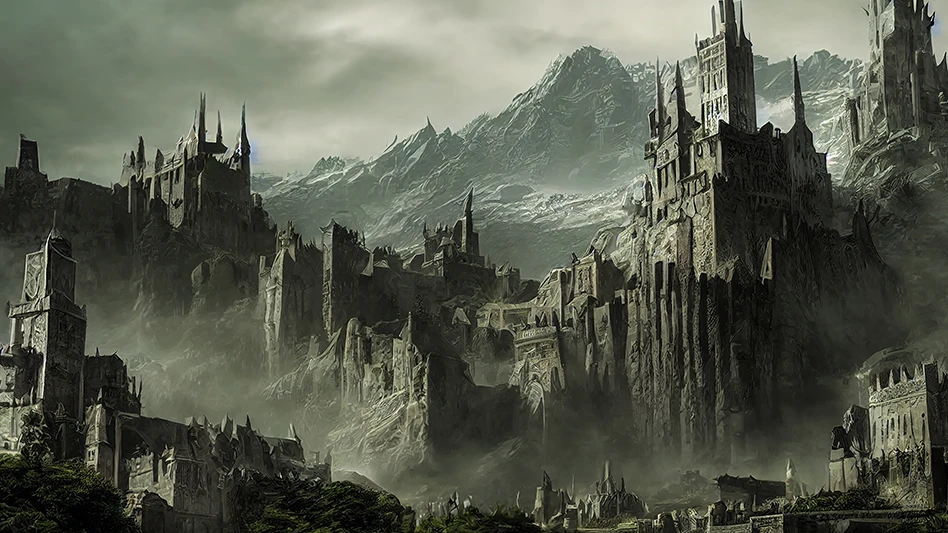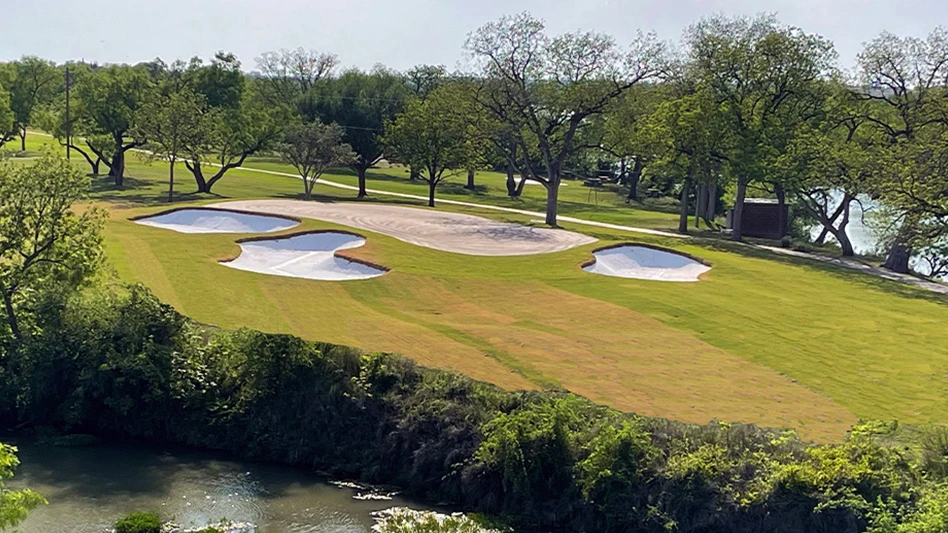

Throughout my 20-plus years as director of a course ratings list at Golfweek magazine, I was struck by the paucity of quality courses from the post-World War II era. It’s as if the 1950s, ’60s, and ’70s were a Dark Age of golf architecture. This stood in marked contrast to the enduring creativity and genius of the Golden Age of the 1910s, ’20s, and ’30s.
A list of the consensus great United States layouts from that postwar period suggests both the possibilities and limits of modern course design. If we draw from that magazine’s Top 100 Classic and Modern layouts, the entire list looks like this: NCR-South (1954), Hazeltine National (1962), Desert Forest (1962), Crooked Stick (1964), Spyglass Hill (1966), The Golf Club (1967), Eugene Country Club (1967), Grandfather-Championship (1968), Harbour Town (1969), Jupiter Hills-Hills (1970), Butler National (1974), Muirfield Village (1974), Oak Tree National (1976) and Shoal Creek (1976).
Imagine where we’d be if it weren’t for Robert Trent Jones Sr. and Pete Dye. Together they were responsible for half of the 14 courses on that list (three for Jones, four for Dye). Indeed, it’s precisely the difference in work method between the two that helps explain what went awry during this three-decade era and how we started to come out of it beginning in the 1980s.
The real oddity of this bleak period in golf design is that it took place during a surge in golf’s popularity that began with Arnold Palmer’s popularity, was given widespread coverage by color TV, and was extended into former open space via suburbanization and golf-themed real estate development and resort trade.
For all the growth in the game, most of the courses stamped out in this era look like they were issued by a printing press. And that’s largely because the dominant mode of construction was the hand-off of paper plans to a generic contractor who relied upon large, road-grade equipment for feature shaping — with little direct oversight and not enough subtlety and hand-crafting in the equipment used to carve out tees, fairways, bunkers and greens.
A basic rule of thumb, I have always thought, is that the beauty and intelligence of golf course design is directly proportional to the size of the construction equipment. In the classic era, most golf design came by way of hand labor, animal power, plows and wheelbarrows. In the postwar era, large bulldozers took over. Today, not surprisingly, there is a return to handicraft in the form of mini-excavators, backhoes, small trackhoes, and rakes and shovels.
The postwar era of architecture generally owes much to a clumsy, brutalist aesthetic marked by highway building and the new internationalist modernism of high-rise steel-and-glass towers. This infected every aspect of planning, from mass residential housing in apartment towers to sterile city centers ringed by roads.
The golf counterpart to this was a shift in how golf was played, from a ground game to an aerial game, with bunkers parked on the side of the fairway at preselected distances to punish wayward shots, thus encouraging single-file golf down the middle. Offset bunkering was abandoned for this bowling alley look. Tree plantings followed, often done in panic to replace the loss of elegant American elms to Dutch elm disease.
Do not underestimate the impact of color TV in the process. It helped spawn the urge to justify “beautification” plantings to provide more color to the course. In other cases, there was simply a desire to fill in the sides of holes that did not get properly irrigated due to the limited reach of single-row irrigation down the middle that, by definition of the reach of spray, left everything barren outside 90-foot-wide coverage.
The architects of that era were skilled touters of golf holes. It’s impressive today to see the way designers like Jones, Dick Wilson, Ellis Maples, George Fazio and Ted Robinson could find the ideal land for golf holes while accommodating other needs like home sites. But when it came to translating those basic layouts into detailed golf ground, something was often lost in the process.
Three factors contributed to the “papering over” of golf design in ways that merit careful study.
The first was the professionalization of the trade through schools of landscape architecture; the training ground for course design thus shifted generally, from the caddie yard and acquired playing habits to the classroom and drawing board.
Second has been the complete alteration in the climate of public regulation. The classic architects did not need to heed wetlands restrictions or zoning regulations, or worry about storm water management and erosion control because those concerns were not yet codified or required. The postwar regulatory environment has forced architects to document in advance every move and to seek permission for moving forward. This entails a paper trail and an accompanying army of consultants and lawyers before a shovel hits the ground.
And finally, in ways that have not been well-documented, is the advent of the USGA-specified construction green. It replaced the old push-up style of greens construction starting in the 1960s and necessitated far greater attention to the layering in of materials. The precision required here reduced some of the free-wheeling methods of the classic-era designers and forced a higher degree of technical expertise in the planning and execution of putting surfaces.
This little foray into the origins of golf architecture’s Dark Ages is only the start of what needs to be a much more serious study. The history of golf design has spent too much time on personalities and particular courses and not enough time on larger trends. One thing is clear: learning the evolution of the trade and recapturing some of the older skills — design/build being the main one — will help enhance the craft.

Explore the May 2023 Issue
Check out more from this issue and find your next story to read.
Latest from Golf Course Industry
- PBI-Gordon promotes Jeff Marvin
- USGA investing $1 million into Western Pennsylvania public golf
- KemperSports taps new strategy EVP
- Audubon International marks Earth Day in growth mode
- Editor’s notebook: Do your part
- Greens with Envy 66: A Southern spring road trip
- GCSAA’s Rounds 4 Research auction begins
- Quali-Pro hires new technical services manager






